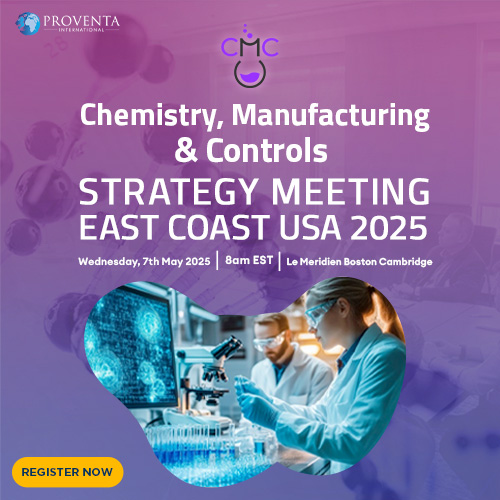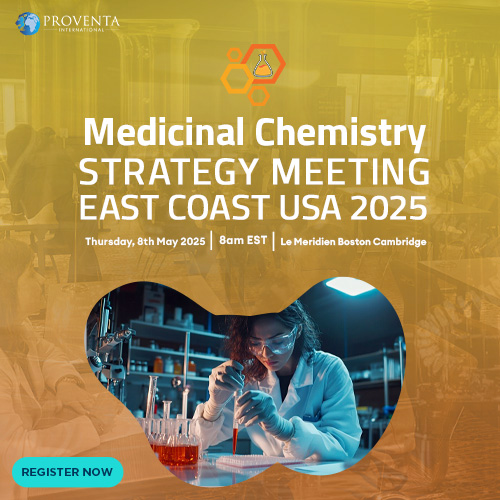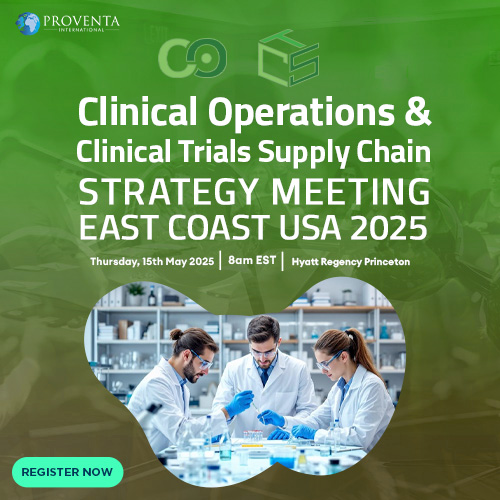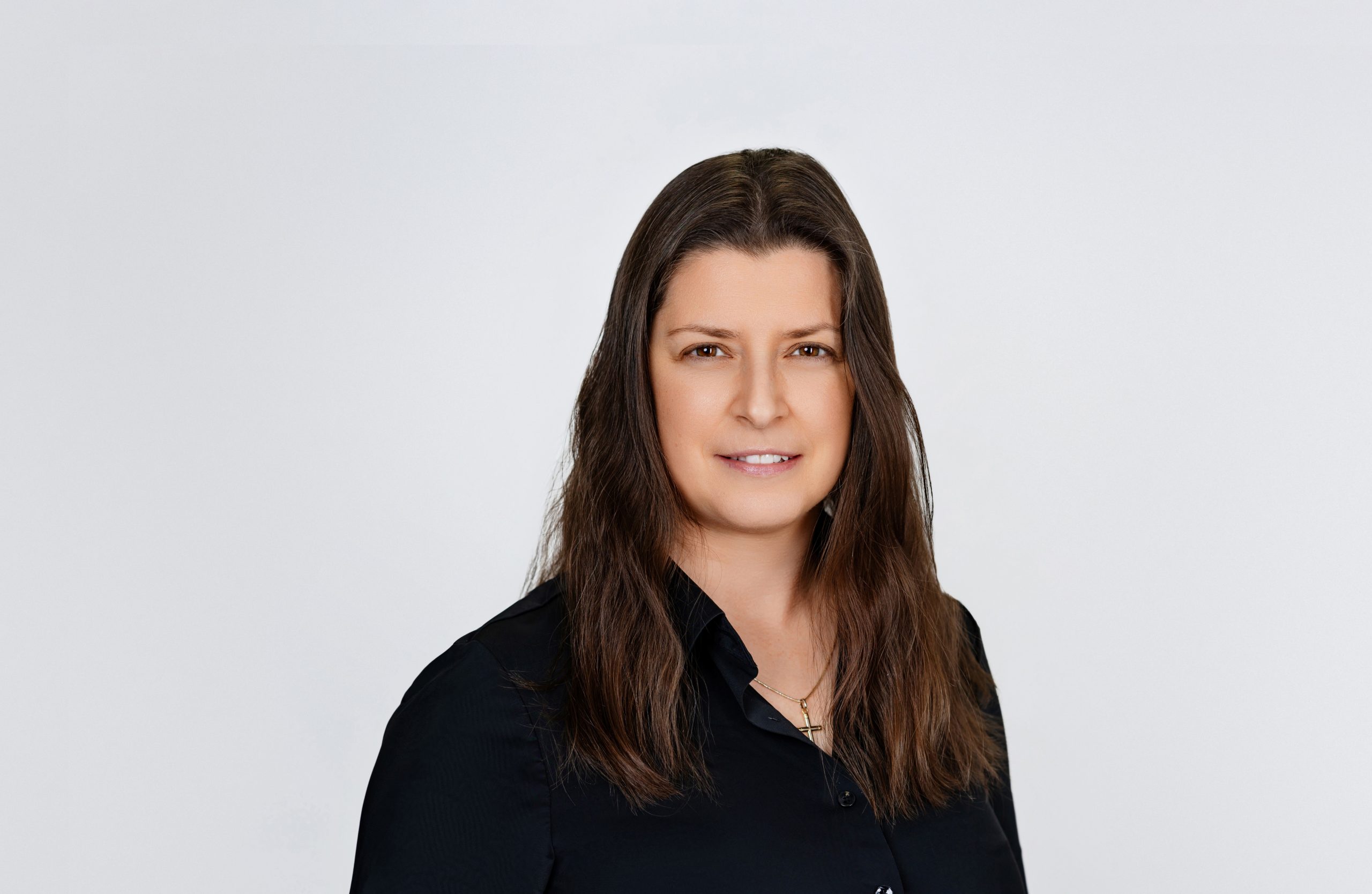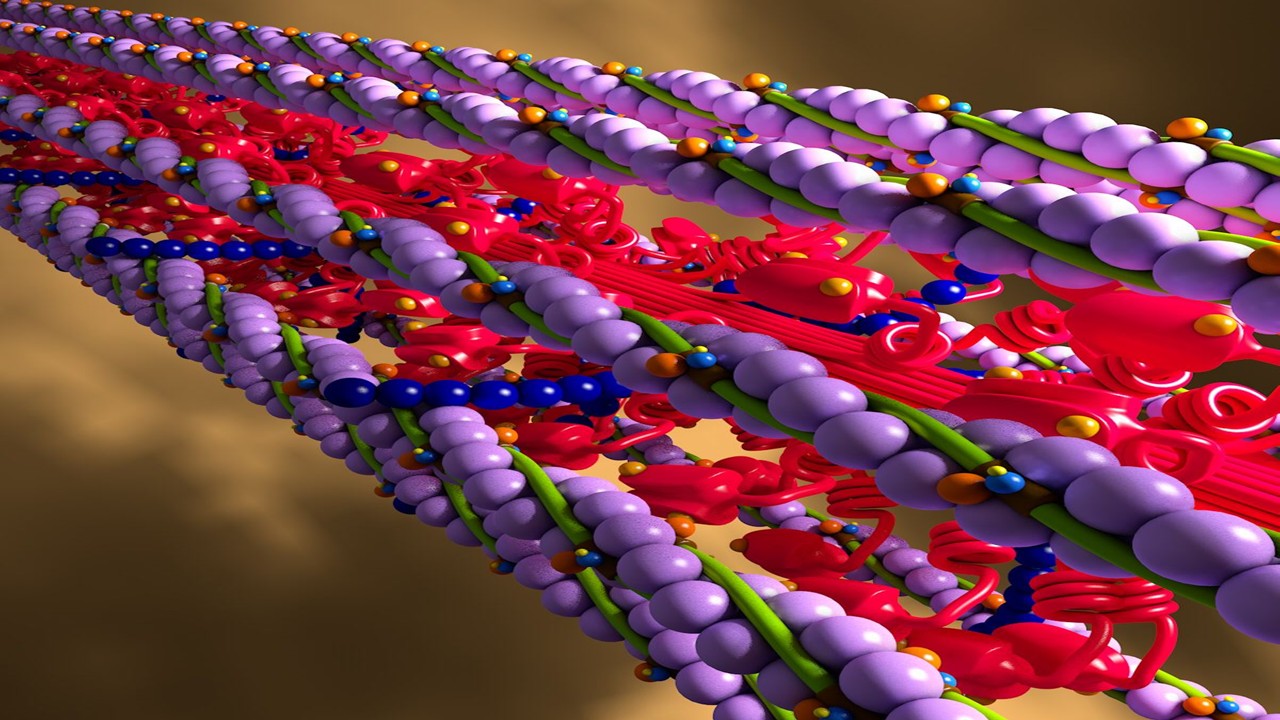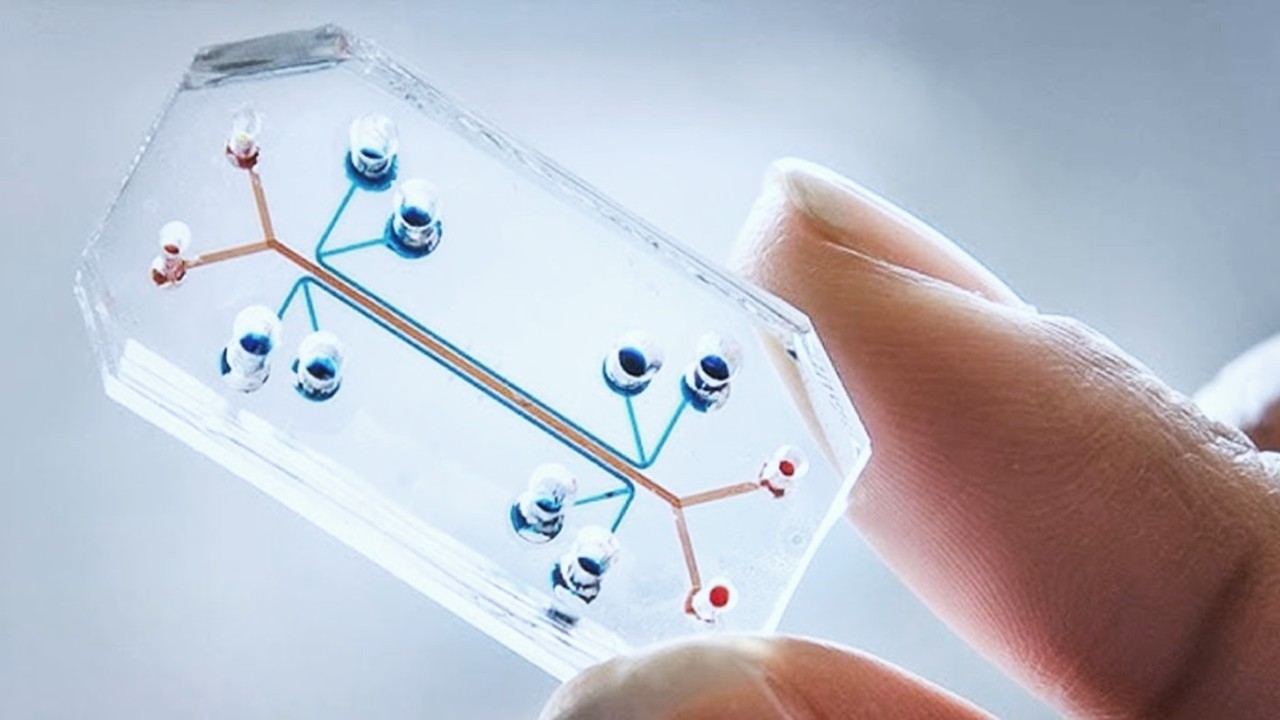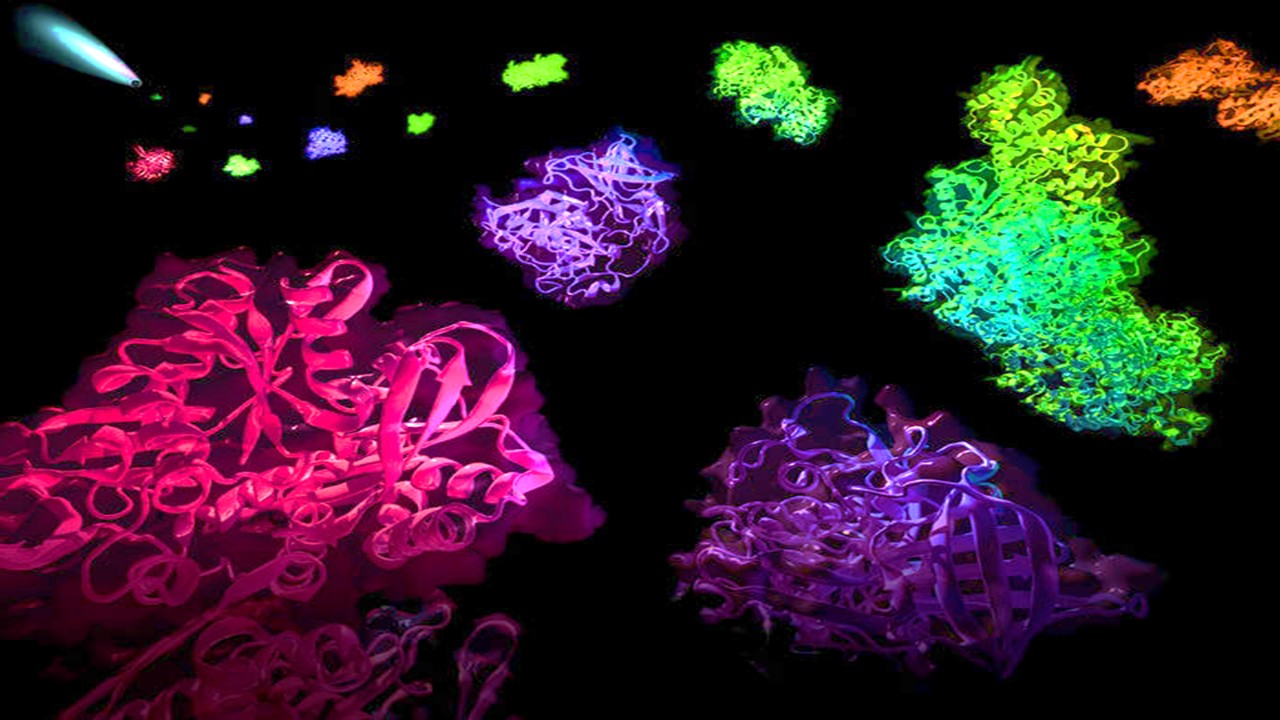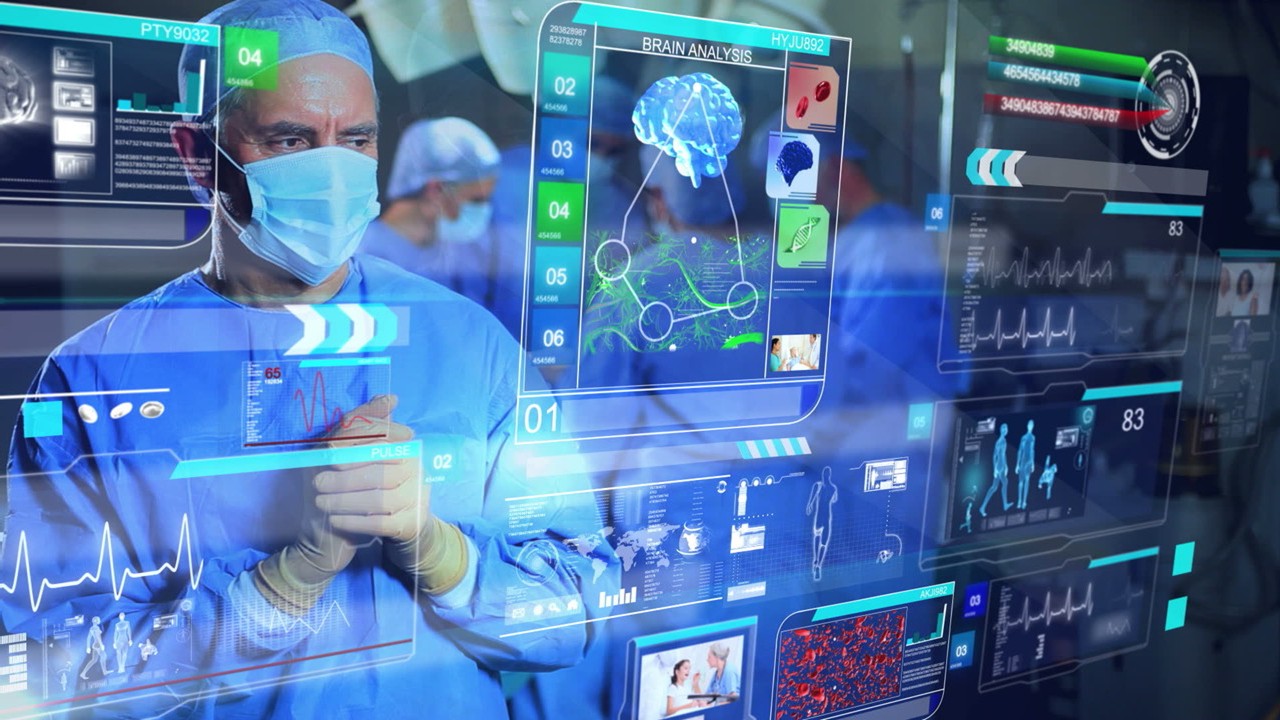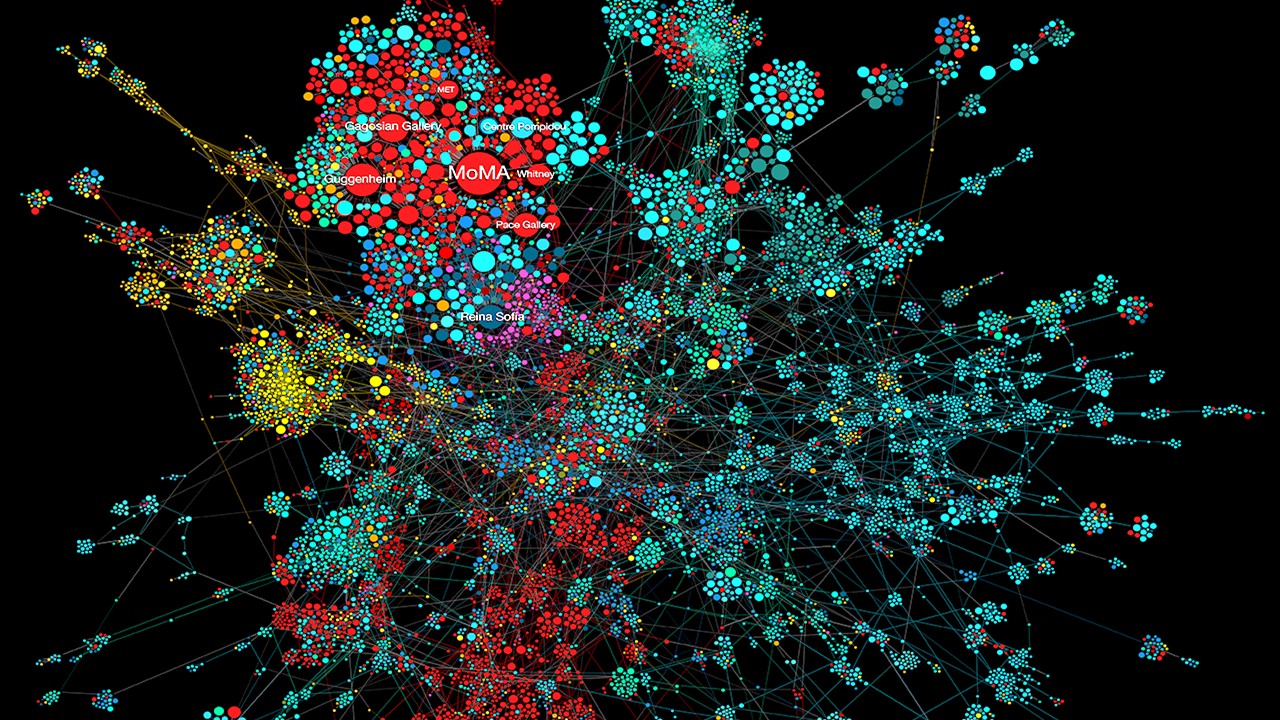About the Interviewee
Johan Evenäs is the Chief Executive Officer at RG Discovery.
Johan Evenäs, Ph.D., serves as the Chief Executive Officer of RG Discovery, a life sciences company based in Lund, Sweden, specializing in drug discovery solutions including medicinal chemistry, fragment-based lead discovery, and advanced analytical services. Dr. Evenäs holds an M.Sc. in Chemical Engineering and a Ph.D. in Biophysical Chemistry from Lund University, where his doctoral research focused on NMR studies of calcium-binding proteins. He also completed a postdoctoral fellowship in the NMR group of Professor Lewis Kay at the University of Toronto, with research centered on multidimensional NMR of proteins and RNA. Most recently, he completed the Leading Impact executive program at EFL Executive Education, with a focus on strategic financial management.
Dr. Evenäs brings over two decades of experience in drug discovery, structural biology, and medicinal chemistry. Prior to founding RG Discovery in 2011, he held senior scientific positions at AstraZeneca, where he served as lead chemist and NMR manager, and contributed to multiple discovery programs as a project leader and patent committee secretary. Under his leadership, RG Discovery has grown into a globally recognized provider of integrated discovery services, supporting pharmaceutical innovation through design, synthesis, and comprehensive ADME profiling.
In addition to his role at RG Discovery, Dr. Evenäs is a member of the Steering Committee for the Chemical Biology Consortium Sweden at Karolinska Institutet, and serves on the boards of several biotech and analytical science companies, including ApoGlyx and WAC AB. He is widely regarded for his ability to navigate scientific complexity and foster collaboration across disciplines to accelerate therapeutic development.
At RG Discovery, Dr. Evenäs remains focused on advancing cutting-edge methodologies in drug design and profiling, while cultivating a science-driven, innovation-led organizational culture to support the global life sciences community.
The Discussion
Journey to Becoming CEO at RG Discovery
[Dex Marco]: It’s such an honor to have you with us today, Dr. Evenäs. So, Johan, your academic journey, spanning chemical engineering to biophysical chemistry, combined with your leadership across major pharmaceutical and biotech sectors, presents a rich trajectory. Could you walk us through how your interdisciplinary technical expertise shaped your approach to guiding RG Discovery from inception to its current strategic position? How did your past experiences prepare you to navigate the dual imperatives of scientific rigor and commercial viability?
[Johan]: Thank you for providing an opportunity for me to talk about how my brilliant colleagues and I have developed RG Discovery to be an appreciated partner for tackling analytical and chemistry challenges on small molecules and peptides. Since the start of RGD, I have found my academic background very beneficial. After a master’s degree in chemical engineering, I pursued PhD and postdoctoral studies in protein NMR spectroscopy. Protein NMR is in essence cross-disciplinary, and I dealt for example with quantum chemistry, thermodynamics, computational modelling, wet-lab protein chemistry and biology. I believe that these experiences have triggered my love for interdisciplinary work.
My academic period made me prepared for my next step at the medicinal chemistry department at AstraZeneca where I encountered the exciting drug discovery field. Here I developed my skills and cross-disciplinary understanding to another level. After a few years, I started to take on leadership roles in the early drug discovery projects where I learnt a lot about the power of teamwork and how to effectively work with CROs.
Upon closure of the AstraZeneca R&D Lund site, RG Discovery was founded by me and six colleagues from the medicinal chemistry, bioscience and DMPK departments. Our vision was to create a drug discovery team of high AZ standard and expose it to the external drug development community. Lund belongs to the greater Copenhagen area which is home to one of the largest Life Science clusters in Europe. Initially, most clients were biotech and pharma companies in this region but the US has been our largest geographical market for several years now. RGD is working at the cutting-edge in the field of drug discovery, synthesis and analytical chemistry and is committed to identify, design, make and characterize novel chemical matter.
Bridging Big Pharma Expertise to Specialized CRO Innovation
[Dex]: Transitioning from leadership roles in Big Pharma to serving smaller biotech firms through a CRO model undoubtedly demands nuanced adaptation. Based on your experiences, how did the rigor of pharmaceutical operations inform the design and optimization of bespoke, high-fidelity analytical platforms at RG Discovery? Conversely, how have your biotech and CDMO clients reshaped your perspective on analytical capabilities?
[Johan]: Our expertise and vast hands-on experience in designing and synthesizing small molecules and peptides have always been a cornerstone. However, to be successful in making molecules with the right properties, one needs an analytical toolbox and an ability to quickly generate property data necessary to guide the molecular design process. Over the years we have built a versatile analytical and separation platform centered around LC, MS and NMR run by a team of competent and very committed scientists. I would like to highlight our NMR services of global demand. This excellent team of experts provides customer solutions ranging from identification and quantification of UV-invisible impurities to studies of protein-protein interactions. Last year we added analytical and preparative SFC capabilities enabling us to perform chiral separation at higher scale more efficiently.
Although we are known as a drug discovery company, we have always also served more last-stage customers as pharmaceutical development and process chemistry departments of pharma companies and CDMOs. One major service area for this customer segment has been synthesis of impurities and analytical services of linear and cyclic peptides, complex building blocks and peptide conjugates. We now see that our analytical services combined with separation capabilities and advanced synthesis have emerged into a key business area alongside our established drug discovery service platform.
Catalysts Behind the Evolution of RG Discovery’s Service Portfolio
[Dex]: The expansion of RG Discovery’s specialized service offerings appears highly synchronized with external regulatory tightening and internal innovation cycles. Could you dissect the key scientific and technical triggers, both external pressures and internal triggers, that dictated the evolution of your impurity characterization and mitigation services?
[Johan]: I would say that RG Discovery’s evolution is almost entirely driven by the demand of our customers. We try to develop new methods and workflows based on our skills, and when needed we add competences or technologies like SFC that I mentioned previously. Another strategic addition has been computational science enabling molecular modelling, predictions and smart experimental design saving time, money and resources. We do also complement our service offers using trusted partners as for example for solid-state characterization and X-ray crystallography.
Regarding peptide and small molecule impurities, RG Discovery has long-standing experience of such synthesis and over the years the fraction of analytical services has increased. Our unique skills in in-depth studies of chemical structures at atomic resolution with NMR and MS have enabled successful deliveries of solutions for many complex problems. Here, I think that our strong sustainability commitment is important. To be resourceful and to reduce waste frequently shape our preferred ways of working. Hence, we strive for more efficient use of raw material in our synthesis. This ambition also influences how we develop and select synthetic routes and thereby often leads to fewer and less impurities.
Currently, we have a joint development project with Polypeptide where we together aim to develop DMF-free peptide synthesis workflows and also try to remove other toxic or non-environmentally reagents. This project progresses above expectations, and it is interesting to observe the fantastic interplay and cross-fertilization between a world-leading CDMO like Polypeptide and a smaller and less regulated CRO like RGD. We really learn a lot from each other in terms of knowledge and the differences in our ways of working.
Differentiators of RG Discovery’s Approach
[Dex]: RG Discovery positions itself uniquely in an increasingly crowded analytical service space. How do you distinguish the services of RG Discovery from competition? Can you elaborate on the technical and scientific differentiators that distinguish you from classical approaches?
[Johan]: Differentiation is an interesting topic, and I often get this type of question. Since we are so focused on solving the needs of our customers and partners, we do not spend too much time studying other CROs. I would say that this behavior naturally leads to differentiation to a large degree. Compared to many others, we do use NMR to a larger extent and it is normally performed in close collaboration with our MS experts. A super powerful combination not least regarding structure identification of unknown molecules, like impurities as degradation and side products. Our hands-on expertise enables us to efficiently elucidate structures of highly complex molecules. This ability is very attractive for our customers with urgent needs in their peptide, macrocycle and other drug modalities of larger molecular size and/or complexity.
Since all people, disciplines and functions are co-localized in the same building, a lot of our improvement work, change of workflows and innovation processes often are triggered by non-planned meetings in the common lab areas or coffee room. Recently we decided to reorganize to go from an organization divided by skills towards an organization divided by problem type and customer category. The aim is to further foster a culture with a focus on interdisciplinary problem solving rather than on specific technologies.
Our perspective is probably also different from many other CROs supporting API production processes. In drug discovery we are used to working on projects where the unknown dominates. This environment of uncertainty and hypothesis-based research has rendered us with skills that are valuable for problem-solving of chemistry-centered tasks. Thus, we are often a very appreciated complement to our clients with more regulated development projects obeying defined processes. Our high degree of flexibility, technical competence and commitment to the needs of our customers are other reasons why they continuously return with new requests.
Challenges and Anticipatory Scientific Strategies for RG Discovery
[Dex]: As macrocyclic and peptide APIs grow increasingly complex, maintaining impurity thresholds within acceptable limits presents mounting challenges. Could you highlight the major bottlenecks that you anticipate will test the field in the next five years? Moreover, how is RG Discovery pre-emptively refining its impurity detection, structural elucidation, and preventive process engineering pipelines to remain ahead of these evolving impurity burdens?
[Johan]: Management of peptide impurities is intrinsically more challenging than of small molecule impurities as peptide impurities to a higher extent often are closely related to the API or parent molecules. Regioisomers and stereoisomers with same molecular mass, similar fragmentation patterns in MS and deceivingly similar NMR chemical shifts do complicate the situation. The increased use of cyclization and conjugation further increases the analytical challenges. It is not seldom hard for example to find experimental conditions such as pH and solvent that do not risk to influence the results in a deceiving way. The current beyond-rule-of-5 trend is likely to continue as the pharma industry starts to have a set of tools available to progress such molecules into approved therapies addressing unmet medical needs.
RG Discovery will continue to strengthen its analytical service platform around MS and NMR. More use of hyphenated techniques and advanced NMR applications are foreseen. We and others will also need to review and revise the current impurity management workflows. The areas we have identified as important are earlier reaction monitoring, better characterization of impurity profiles of starting materials and building blocks as well as an increased use of AI and other computational techniques for upfront prediction. We believe that our substantial analytical and synthesis collection of peptide impurity data will be very useful as input for in-silico approaches. Equally important and possibly of higher impact, is to continue to develop more selective synthesis schemes in combination with efficient intermediate and final purification workflows. Such improvements are needed to reduce costs for impurity management and the associated structure identification and synthesis projects.
In addition, new policies, increased regulations and sustainability and geopolitical constraints will likely continue to force us all to further adaptation in the future.
Mapping Structural Complexity to Impurity Burden in Macrocyclic APIs
[Dex]: Given the amplified conformational entropy and intramolecular hydrogen bonding of macrocycles, what modeling frameworks do you advocate for reliably predicting non-canonical impurity generation during solution-phase cyclization steps? In your experience, how critical is the integration of computational methods into impurity risk assessment?
[Johan]: Computational methods are of increasing value, but we still depend on experimental data. We know from our macrocycle and peptide drug discovery projects that our customers still struggle to predict 3D conformations of even smaller macrocyclic peptides with sufficient confidence and accuracy. Thus, there is a need for experimental methods enabling timely generation of reliable structural data. NMR is often the method of choice, and even limited NMR data can greatly improve the accuracy and precision of generated conformation informing the project on structure-activity relationships and understanding of drug properties. In the same way, the structural data can be used for better prediction and understanding of cyclization products or conjugation sites of linear peptides or other precursors. To continue to build and develop our computational science capabilities is one of our most central strategic initiatives. We do see an increased demand for 3D conformation services based on our NMR-computational platform for both drug discovery and late-stage development customers.
Another important area for the computational team is to better predict sequence-dependent reactivity as we know that peptide chain elongation often leads to exacerbated side-product propagation.
Advanced Purification Strategies to Resolve Close-Analog Impurities
[Dex]: In highly homologous macrocyclic impurities, conventional reverse-phase HPLC often struggles with resolution due to minute hydrophobicity differentials. How do you leverage orthogonal purification techniques, such as supercritical fluid chromatography (SFC) or multidimensional chromatography, to surgically isolate and quantify these impurities?
[Johan]: RG Discovery utilizes a diverse array of stationery and mobile phases for reverse phase HPLC purification, complemented by other chromatography techniques like SFC. Mass-directed purification allows for the identification and isolation of minor impurities during both the isolation and purification processes. Our long experience of peptides of virtually all categories common to drug development projects have resulted in significantly optimized workflows. These serve as very viable starting points for efficient handling of new separation challenges. The parallel use of UV, MS and NMR analysis provides fast overviews that are critical to early derive project-specific strategies that can save a lot of time and cost in the end.
Having in-house organic and peptide synthesis expertise and capabilities represent significant advantages when dealing with delicate compounds. Revision of synthetic routes, extra purification of acquired starting material or intermediate purification steps are typical examples for when the synthesis teams make life much easier for the downstream purification and analytical processes.
By leveraging our expertise and lessons learned on previous projects, we can avoid mistakes and ensure precise handling of such substances.
Future Outlook for Impurity Management in Peptide and Macrocycle API Manufacturing
[Dex Marco]: Looking ahead, how do you envision the convergence of machine learning-based impurity prediction models, high-dimensional spectroscopic analytics, and next-generation process intensification frameworks redefining impurity management in complex API production of ? From your vantage point as Chief Executive Officer, how is RG Discovery preparing to integrate these disruptive technologies to both sharpen its scientific edge and fortify its operational scalability over the next decade?
[Johan]: Computational methods, including machine learning and AI have started to change how we work. A lot of work remains, however. Accuracy and prediction need to be improved and reliable data are needed as input for training and testing. I am convinced that NMR will increase in importance to understand structures and reactivity.
Equally important, as technological developments, is to integrate the in-silico methods, so they become natural parts of the synthesis and production workflows. A key aspect is for people to adapt and be open to change. Similarly, customers need to be willing to try new approaches. Given that we tend to be risk-averse by nature as scientists and businesspeople, it will take some time. Here, I firmly believe that we can shorten these times by having project leaders who can provide alignment on how to progress projects and ensure that plans are understood by all team members and that adjustments are timely implemented across scientific disciplines.
In my opinion, the single most important success factor is an established strong partnership between CRO and the customer at multiple levels. In such projects, information tends to flow more freely and people have a shared understanding of goals and direction. It also facilitates common rethinking, joint explorations of new workflows and addition of new technologies or competence when needed.
Engr. Dex Marco Tiu Guibelondo, B.Sc. Pharm, R.Ph., B.Sc. CpE
Editor-in-Chief, PharmaFEATURES
Join Proventa International’s Chemistry, Manufacturing, and Controls Strategy Meeting at Le Meridien Boston, Cambridge, Massachusetts on the 7th of May 2025 to learn more about how RG Discovery.
Subscribe
to get our
LATEST NEWS
Related Posts
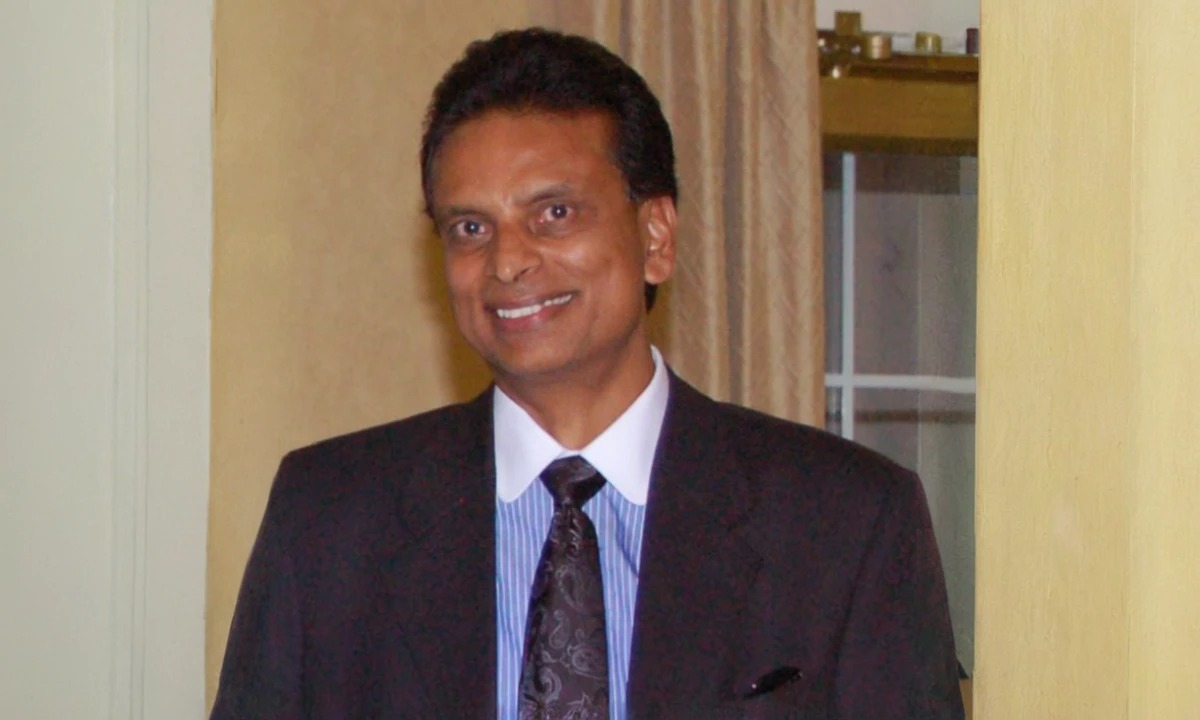
Interviews
Harmonizing Biologics Transfer: Global Regulatory Strategy, Compliance Best Practices, and Operational Alignment with Gopi Vudathala, Incyte Corporation
About the Interviewee Gopi Vudathala is the Global Head of Regulatory Affairs and Chemistry, Manufacturing and Controls at Incyte Corporation. Gopi Vudathala, Ph.D., serves as the Global Head of Regulatory Affairs and Chemistry, Manufacturing and Controls (CMC) at Incyte Corporation, a biopharmaceutical company dedicated to the discovery, development, and commercialization of proprietary therapeutics across oncology […]
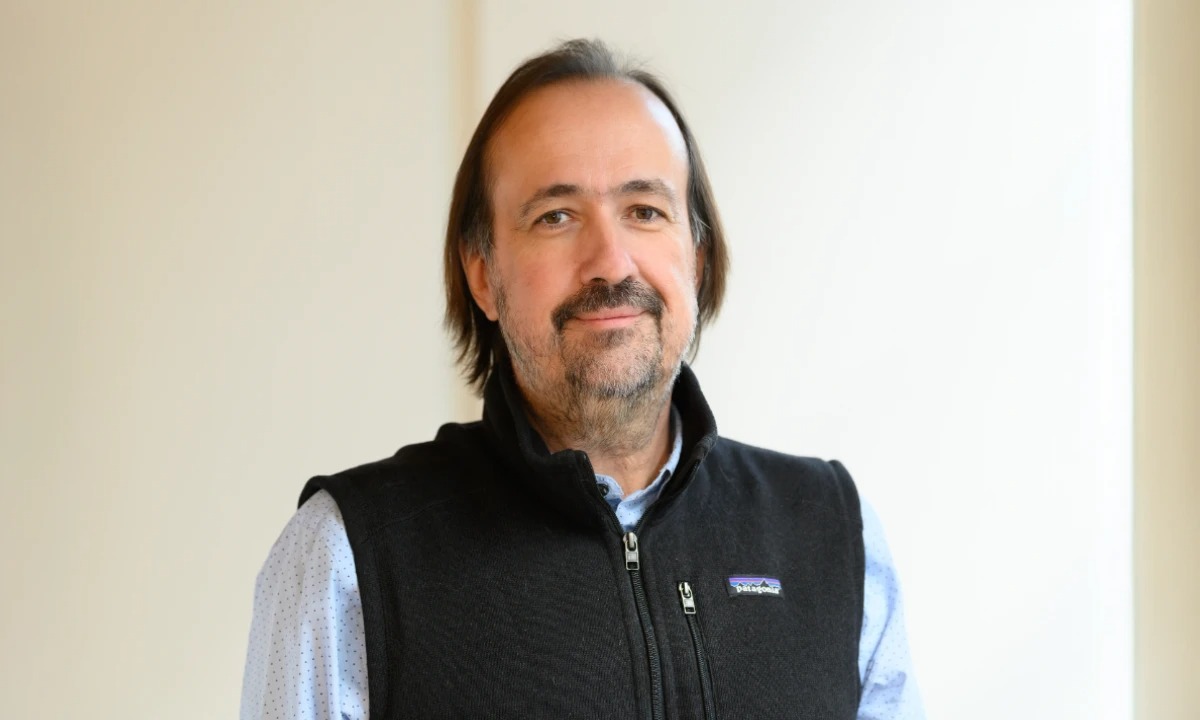
Interviews
Toward Industrial Impact: Scaling the Strategic Vision for Bioprocessing Excellence with Greg Papastoitsis, Ankyra Therapeutics
About the Interviewee Gregory Zarbis-Papastoitsis is the Chief Process and Manufacturing Officer at Ankyra Therapeutics. Gregory Zarbis-Papastoitsis, Ph.D., serves as the Chief Process and Manufacturing Officer at Ankyra Therapeutics, an immuno-oncology company advancing novel intratumoral anchored cytokines currently in Phase 1 clinical trials. Dr. Zarbis-Papastoitsis holds a B.S. and Ph.D. in Biochemistry from Binghamton University, […]

Interviews
Enhancing Analytical Method Development: Supporting Cohesive CMC Integration Across Drug Lifecycle Management with Seshu Tyagarajan, Candel Therapeutics
About the Interviewee Seshu Tyagaran is the Chief Technical and Development Officer at Candel Therapeutics. Seshu Tyagarajan, Ph.D., serves as the Chief Technical and Development Officer at Candel Therapeutics, where she leads global technical operations across chemistry, manufacturing, and controls (CMC), driving the clinical and commercial advancement of novel oncolytic viral immunotherapies. With over two […]
Read More Articles
Myosin’s Molecular Toggle: How Dimerization of the Globular Tail Domain Controls the Motor Function of Myo5a
Myo5a exists in either an inhibited, triangulated rest or an extended, motile activation, each conformation dictated by the interplay between the GTD and its surroundings.
Designing Better Sugar Stoppers: Engineering Selective α-Glucosidase Inhibitors via Fragment-Based Dynamic Chemistry
One of the most pressing challenges in anti-diabetic therapy is reducing the unpleasant and often debilitating gastrointestinal side effects that accompany α-amylase inhibition.

